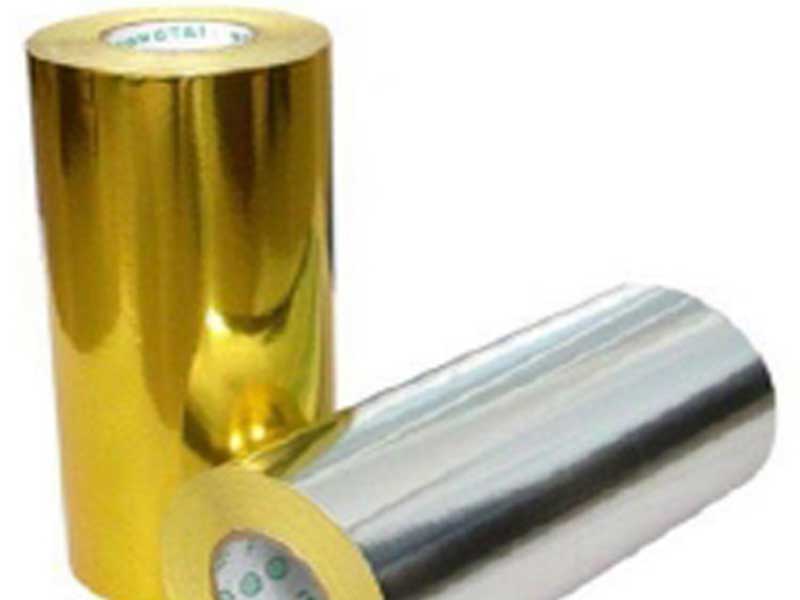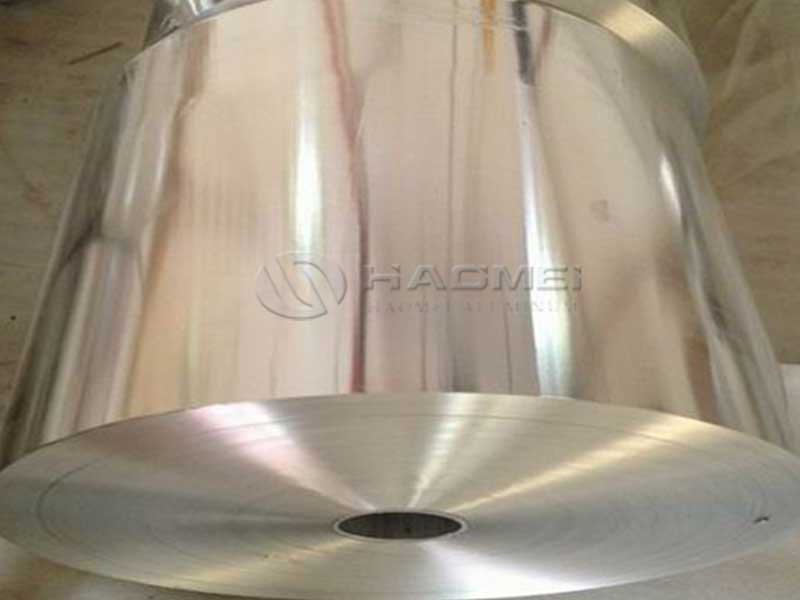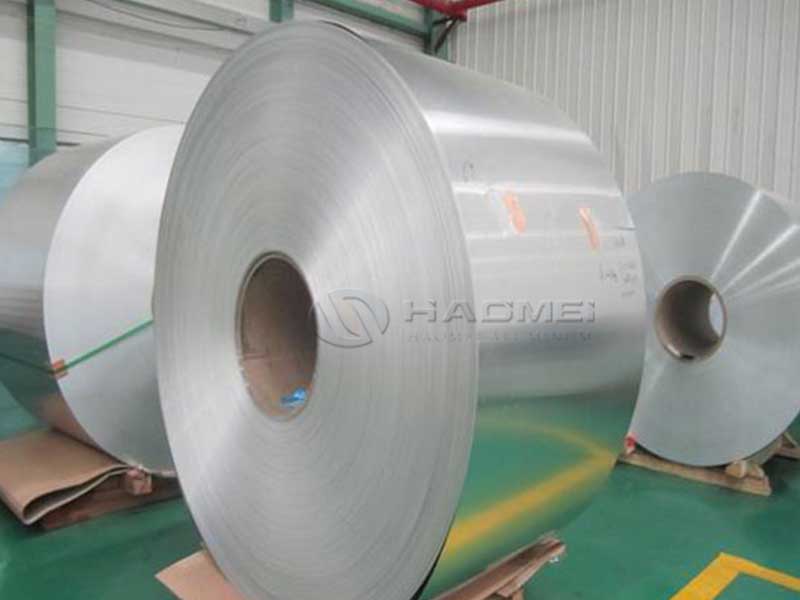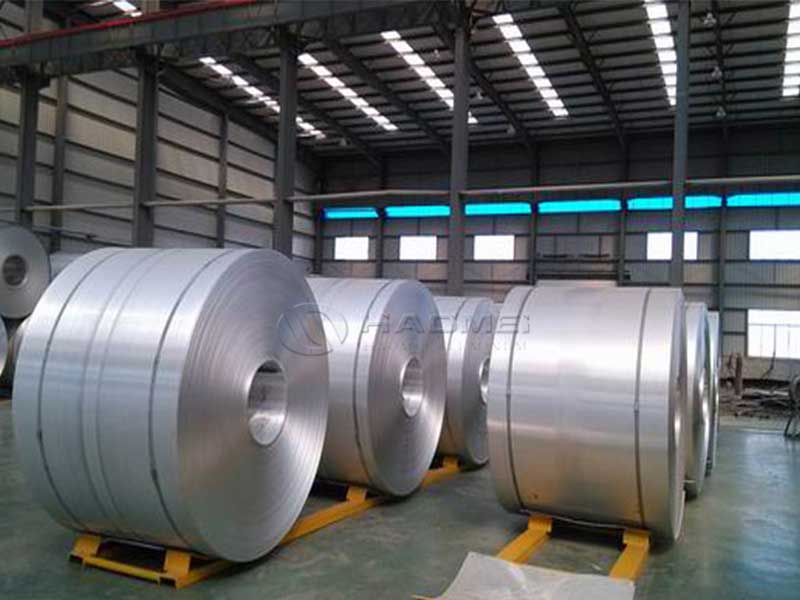2025-05-27 https://www.aluminum-coils.com/a/aluminum-foil-blister.html
Aluminum foil blister packaging, often overlooked yet indispensable, stands at the crossroads of innovation and functionality in the modern packaging industry. Fundamentally, it combines the robustness of aluminum foil with the precision of blister packaging—creating a synergy that enhances product protection, consumer convenience, and environmental sustainability. To appreciate aluminum foil blister from a distinctive technical lens, one must delve deeper into its structure, core functions, and diverse applications across various sectors.
The Anatomy of Aluminum Foil Blister
At its basic, an aluminum foil blister pack consists of multiple layers fused together, but aluminum foil reigns supreme as the critical barrier material. Typically, a blister comprises a thermoformed plastic cavity that conforms to the product’s shape—this is the resident component layer—and an aluminum foil lidding that seals the cavity. The aluminum foil layer's thickness can range from as thin as 6 microns to over 30 microns, depending on the desired mechanical strength and barrier properties.
Unlike standard plastic blister packs, aluminum foil offers superior opacity and impermeability, primarily blocking moisture, oxygen, and light—factors potentially detrimental to product stability. This capability elevates the foil blister to an essential protector of sensitive goods, shielding them from the chemical and microbial degradation processes accelerated by exposure to external elements.
Barrier Protection: Aluminum foil’s dense crystalline structure provides near-hermetic sealing that inhibits the permeation pathway for gases such as oxygen and water vapor. This significantly extends the shelf life of moisture and air-sensitive products by maintaining an inert internal atmosphere.
Mechanical Integrity: Despite its thin form, aluminum foil delivers high tensile strength and puncture resistance, especially when laminated onto polymer layers. This multi-material lamination crafts a flexible yet reliably form-stable stabilizer for diverse tablet shapes or small brittle components within the blister cavity.
Sealable Surface: The foil side facing the product can be coated with heat-sealable polymers, permitting strong adhesion to plastic cavities during packaging. This adhesive fusion ensures tamper evidence—an integral property leveraged commonly in pharmaceutical tablets—where the melt sealing streamlines blisters’ autonomous opening by end-users or demonstrates complete seals where security is paramount.
Printability and Identification: Aluminum foil surface can be metallized or wax-coated to facilitate high-definition printing. This capability not only enhances brand visibility but also bears compliance and serialization markings directly printed on blister packs—a crucial lenticular data feature for authenticity in regulated medicines.
Recyclability: Technically, aluminum foil’s recyclability offers a greener alternative if delaminated and separated from polymers aligned toward included sustainability goals of manufacturers and consumers alike.
Versatility in Applications
Pharmaceutical Industry: Here, aluminum foil blisters secure blister-packed tablets, capsules, and powders with proven protective competence fractionally crucial to medicine potency and humidity control. Control against external microbial intrusion serves regulatory demands while ensuring dose integrity for end-users.
Food Sector: Although less common due to varying cost factors, foil blisters can encase specialty confectioneries or nutraceutical capsules, balancing gustatory preservation without synthetic preservatives by virtue of the hermetic aluminum barrier occlusion.
Electronics and Small Components Packaging: SMDs (Surface-Mounted Devices) and fine electronic components sensitive to moisture or damage find a protective casing in aluminum foil blister packs that maintain well-defined shaped presentation but insure mechanical and humidity protection.
Cosmetics and Personal Care: Single-dose samples such as creams or serums benefit tremendously from aluminum foil blisters; they maintain formula freshness by excluding oxidative agents and prevent contamination before first user access.
Innovations Shaping the Future of Aluminum Foil Blister Packs
Recent material science advancements improve lamination technologies, resulting in thinner foil combinations without sacrificing the comprehensive barrier essential to efficacy. Incorporating antimicrobial coatings and advancements in heat-sealable polymers simplify processing while advancing eco-friendly post-consumer recycling pathways.
Cryogenic shielding for biologic meds maintaining ultra-low temperature in transport is being tested using hybrid aluminum foil and reinforced blisters. This indicates again the interdisciplinary potential of aluminum foil blisters beyond traditional uses into future client-specific customized protection solutions.











